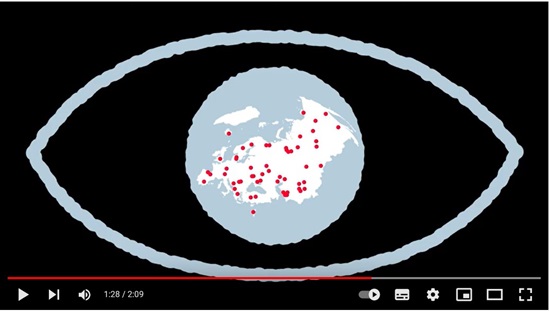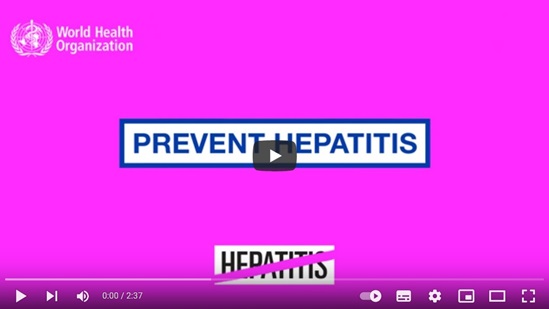Preventing hepatitis in health care settings
All health care workers cannot be protected from exposure and identifying exactly who in the population is infected with blood-borne pathogens is impossible. WHO therefore bases its guidance on preventing HIV and hepatitis B and C on the principle that all blood and body fluids should be regarded as potentially infectious and that appropriate protective action be taken.
The application of universal precautions includes:
- infection-control practices such as hand washing and other appropriate hygienic measures;
- sterilization of medical equipment intended for multiple use;
- effective disposal of biological/medical waste including sharps;
- discouraging the excessive use of injections and promoting safe injection practices among health care workers;
- encouraging the use of protective equipment adapted to local circumstances; and
- strongly recommending vaccination against hepatitis B for all health care workers.
Preventing hepatitis B and C transmission in health care settings is similar to preventing HIV transmission, on which WHO/Europe has already published a protocol.









